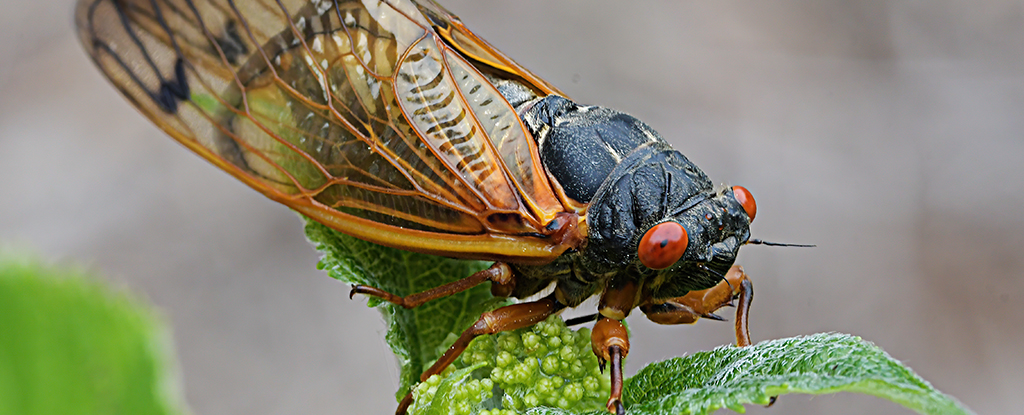Pathogens, Vol. 12, Pages 538: Molecular Survey of Hemotropic Mycoplasma spp. and Bartonella spp. in Coatis (Nasua nasua) from Central-Western Brazil
Pathogens doi: 10.3390/pathogens12040538
Authors: Lívia Perles Wanessa Teixeira Gomes Barreto Filipe Martins Santos Leidiane Lima Duarte Gabriel Carvalho de Macedo Darci Moraes Barros-Battesti Heitor Miraglia Herrera Rosangela Zacarias Machado Marcos Rogério André
Even though previous works showed molecular evidence of hemotropic Mycoplasma spp. (hemoplasmas) in ring-tailed coatis (Nasua nasua) from Brazil, Bartonella sp. has not been reported in these mammals so far. The present study aimed to detect the above-mentioned agents in coatis’ blood and associated ectoparasites, assessing the association between these infections and red blood parameters. Between March 2018 and January 2019, coati (n = 97) blood samples, Amblyomma sp. ticks (2242 individual ticks, resulting in 265 pools), and Neotrichodectes pallidus louse (n = 59) were collected in forested urban areas from midwestern Brazil. DNA extracted from coatis’ blood, and ectoparasite samples were submitted to quantitative PCR (qPCR) (16S rRNA) and conventional PCR (cPCR) (16S rRNA and 23S rRNA) for hemoplasmas and qPCR (nuoG gene) and culturing (only blood) for Bartonella spp.. Two different hemoplasma genotypes were detected in blood samples: 71% coatis positive for myc1 and 17% positive for myc2. While 10% of ticks were positive for hemoplasmas (myc1), no louse was positive. The estimated bacterial load of hemoplasmas showed no association with anemia indicators. All coatis were negative for Bartonella sp. in qPCR assay and culturing, albeit two Amblyomma sp. larvae pools, and 2 A. dubitatum nymph pools were positive in the qPCR. The present work showed a high occurrence of hemoplasmas, with two distinct hemoplasma genotypes, in coatis from forested urban areas in midwestern Brazil.

 1 year ago
47
1 year ago
47


